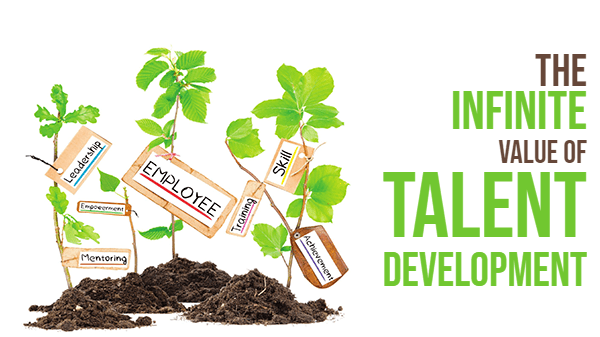There is no cookie-cutter path to successful talent development, though it generally has three components:
-training, which involves acquiring specific skills or knowledge, usually either in a course or through self-study;
-coaching, an individualized teaching method with the goal of improving an employee’s skills or knowledge; and
-mentorship, a more flexible, two-way relationship where an experienced employee guides a mentee.

To retain happy and productive employees, talent development should be paired with career advancement.
“If you have a development program for your team, but no place for them to use their skills, they may look for a place where they can,” said D.J. Stornetta, director of recruiting operations at Produce Careers, Inc. in Arroyo Grande, CA. “They will stay, contribute, and grow if the training and development can turn into something real.”
In the produce industry, mentoring—formal or informal—tends to be the primary route for talent development, supplemented by training and/or coaching as needed. It is relatively inexpensive and effective if done right.
“It could be more formal, where mentors and mentees are matched and relationships have more structure, or more informal where mentoring is promoted and relationships develop organically,” said Wendy McManus, leadership coach with Connect 2 Potential, based in Orlando, FL. “What’s important is for mentoring to be talked about, supported, and encouraged throughout the organization.”
Kristen Reid, executive vice president at Mixtec Group in La Crescenta, CA, said formal mentoring programs often fail due to unclear expectations.
“Without a development plan, a mentoring program can be rudderless,” she said. Further, there must be a good fit between mentor and mentee as well as trust.
Rex Lawrence, president of online job center and executive search firm Joe Produce in Granite Bay, CA, points out that Baby Boomers can play a pivotal role: “Society in general needs to value experience.”
He cites an example where a client with a young CEO hired a 60-year-old veteran for a planned transition period.
“A year and a half later, it’s working,” Lawrence says, noting that the older hire, the CEO, and the company all benefited. “The opportunity is twofold: it helps those at the twilight of a career as well as the dawn.”
This is an excerpt from the most recent Produce Blueprints quarterly journal. Click here to read the full version.


